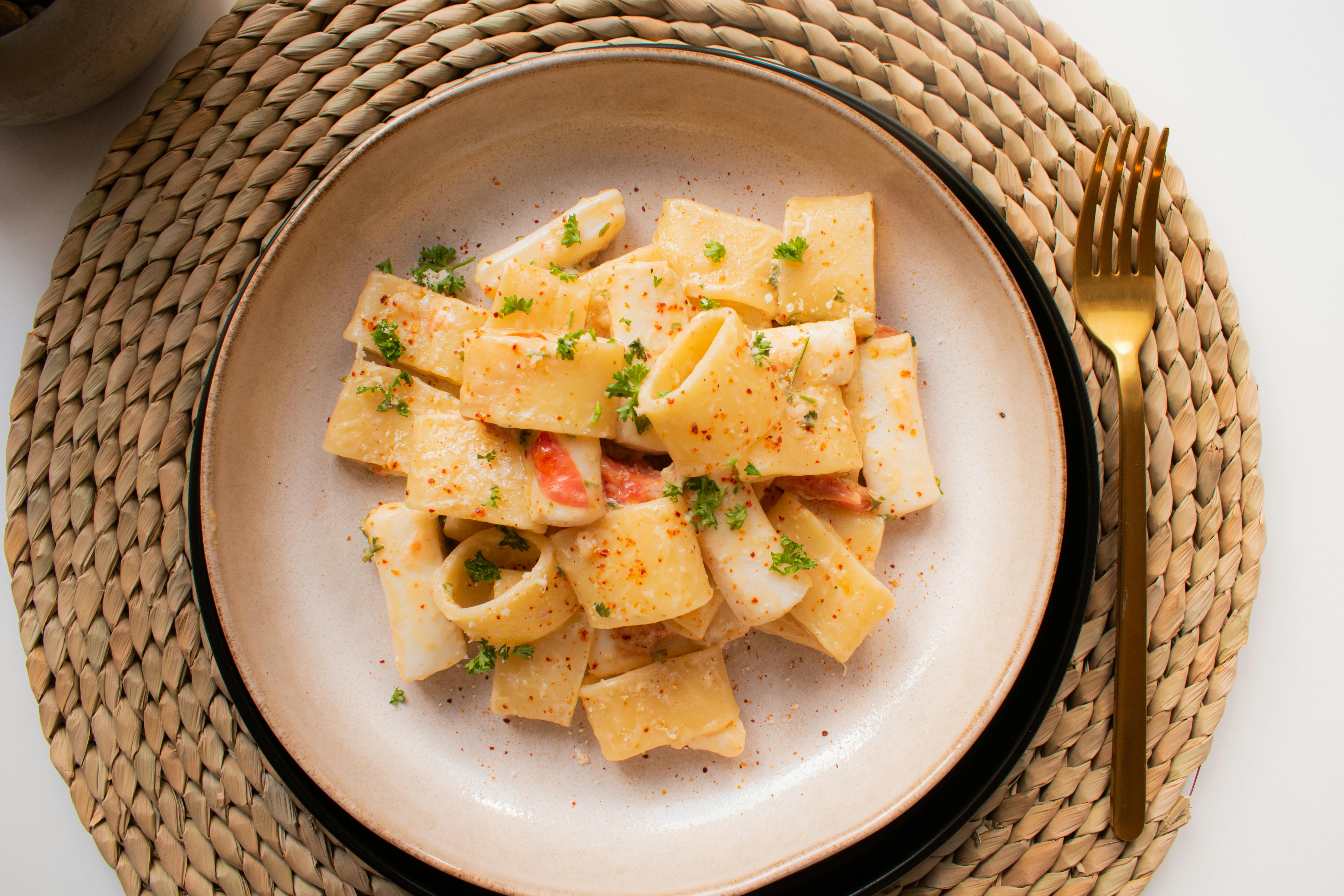Brazilian cherry wood and teak are furniture materials loved for their durability and classic design. These two are used for both indoors and outdoors, from flooring to patio furniture, from ladders to canoes, they are preferred by many because they are weather resistant and hard wearing.
If you have yet to make a decision on which type of material between these two is right for you, read on as I present the pros and cons of Brazilian cherry wood and teak. I will also give some tips on cleaning and maintenance.
teak
The main characteristic of teak that makes it one of the best types of wood for furniture is resistance. Its durability is one of the main reasons why people choose this material for furniture such as loungers, dining sets, chairs and benches. Sourced from countries such as Burma, Indonesia, the Philippines, and Thailand, teak is a type of tropical hardwood that is used as a material for items that demand strength and weather resistance. Teak has a high oil content which makes it excellent for soaking in any weather condition.
As well as being protected against wear and tear, teak also requires little maintenance. Maintaining it with the use of sealants or simply cleaning it with soap and water a couple of times a year is enough.
One of the main differences between teak and Brazilian cherry wood is flexibility: the former is much more flexible than the latter, so if you are planning to alter or modify your furniture, you will not have a hard time making it in teak. Also, teak is more expensive – you will definitely have to shell out more money if you choose this over cherry wood.
One of the reasons that teak is more expensive than other types of wood is that they are not readily available. You can easily find a furniture store that sells teak, so you can purchase it effortlessly and have it delivered to your home without any hassle, but you should know that it is possible in most cases, purchasing these products is not it’s so simple. . The high sticker price is due to the scarcity of teak: there is a high demand, but the supply of mature teak continues to fall slowly. There are many economic and environmental concerns (such as deforestation issues and shipping distances) about teak coming from Southeast Asian countries, but there is an alternative: plantation teak, which is planted for forest management; exclusively for commercial/ecological purposes.
You won’t sacrifice anything if you get plantation-grown teak, because it’s just as durable as old-fashioned teak. Plantation teak having lower densities is a myth: studies say the same properties (like oily resins that make it durable and termite resistant) are still there. Plantation teak can be grown in other tropical locations like Mexico, Costa Rica, or other parts of Central America, and the quality you’ll find in these products will have the same qualities as those of ancient Southeast Asia.
Teak is more expensive than Brazilian cherry wood, but the latter could also be a bit pricey. However, if your mind is set on furniture that will last decades (or even a lifetime), you can’t go wrong with teak. This is a product that is usually passed from generation to generation; serving as an heirloom for many families, so investing in it will definitely pay off.
Brazilian Cherry
Also known as jatoba, Brazilian cherry wood is another well-known moisture-resistant material used for products such as flooring, cabinets, doors, and other types of joinery that require toughness. Like teak, cherry wood is both beautiful and durable, and both have the ability to withstand even the worst weather conditions.
With a deep red/reddish brown/maroon hue (sometimes with black or other shades of darker highlights), Brazilian cherry is a popular substitute for teak. In terms of polish and wear finish, this one stains particularly well. However, the very high density of cherry wood may have some drawbacks. It is of course possible to saw it, but it could be quite difficult to cut it because it could cause dull effects on your tools. Most of the time, you need to pre-drill before you nail anything into it. You should also be careful to note that this wood is about 230% denser than teak.
One difference between cherry wood and teak is that color change occurs over time. With the first one, it will come out a darker color if exposed to light, a few months of being out in the sun will make it darker a bit more, and it will stay that way. However, with teak, the color will change to a grayish brown once it is exposed to the outdoors. You should pay attention to this detail, especially if you’re particularly concerned about color (you don’t need to worry about diminishing quality due to outdoor exposure, as the quality will remain the same). Some people prefer the light/aged look, while others would always want the deep red/maroon hue. Evaluate your style preferences to find out which one will work for you and the overall look of your environment.
